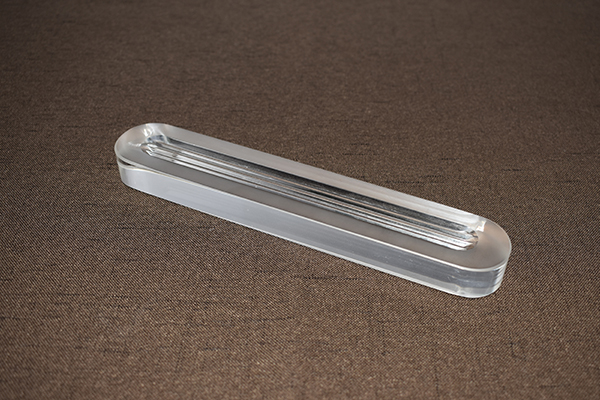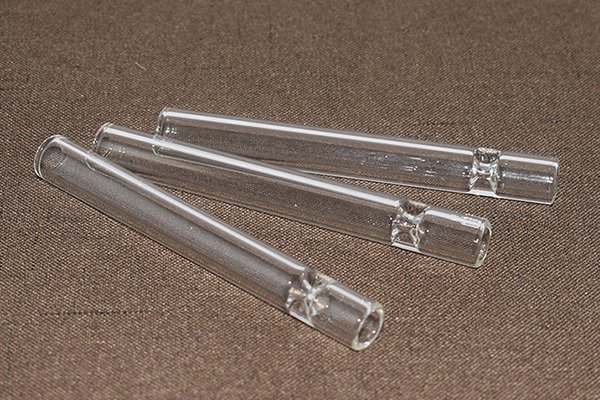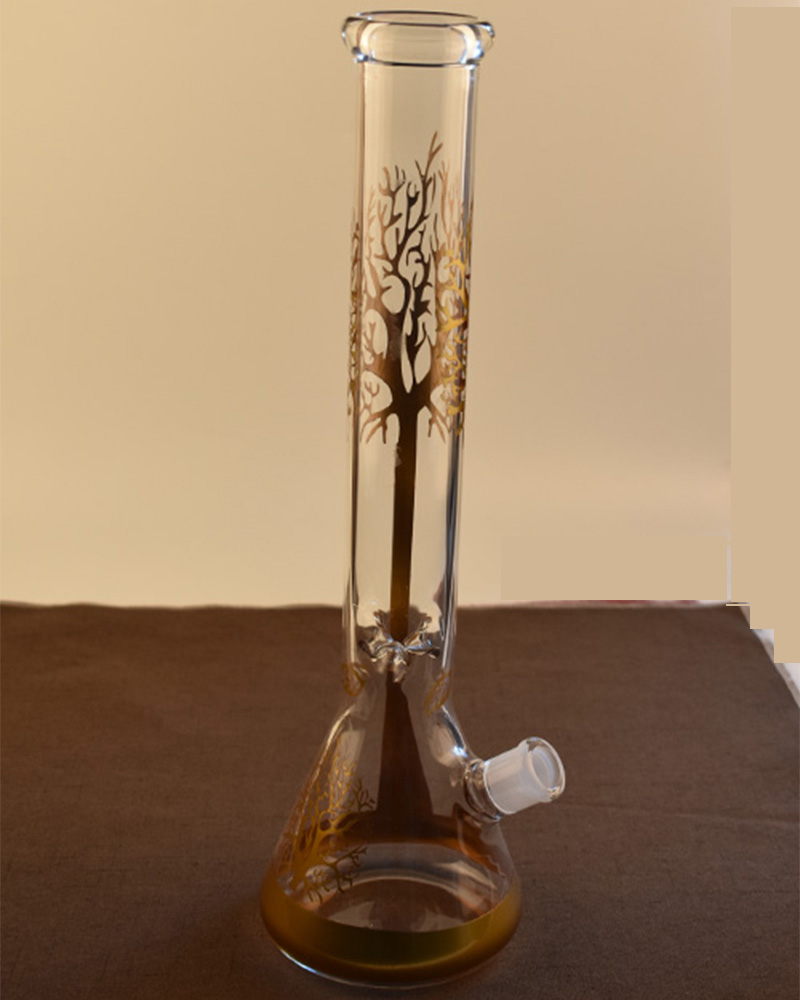News Detail
How to Customize the Thickness and Specifications of Borosilicate Glass
Borosilicate glass is widely used in laboratories, construction, optics, and industrial equipment, and many applications require customized thickness and dimensions to meet performance and safety standards. Below are key factors to consider when customizing.
1. Thickness Options
-
Standard Range: Typically from 0.5 mm to 30 mm.
-
Thin Sheets (0.5–3 mm): Ideal for microscope slides, protective covers, and display panels.
-
Medium Thickness (4–12 mm): Common for laboratory glassware, sight glasses, and household containers.
-
Thick Plates (15 mm+): Suitable for high-pressure, high-temperature, or impact-resistant applications such as industrial windows and reactor sight glasses.
2. Size and Shape Specifications
-
Sheets and Plates: Can be cut to any rectangular or square size for panels, doors, or protective covers.
-
Tubes and Rods: Inner and outer diameters are adjustable, commonly used in laboratory setups or industrial pipelines.
-
Custom Shapes: CNC cutting and water-jet technology allow production of circles, arcs, and complex geometries.
3. Tolerance and Accuracy
-
Dimensional Tolerance: Typically ±0.1 mm for high-precision applications.
-
Surface Finish: Can be ground, polished, or coated depending on optical or safety requirements.
-
Edge Treatment: Options include chamfering, beveling, or flame polishing to enhance durability and prevent cracking.
4. Special Treatments
-
Tempering: Improves mechanical strength for safety glass applications.
-
Anti-Reflective Coating: Used in optics and display industries.
-
Chemical Strengthening: Enhances resistance to scratches and impacts.
Conclusion
Customizing the thickness and specifications of borosilicate glass involves balancing mechanical strength, thermal performance, and precise dimensions according to the intended application. Working with a professional manufacturer ensures the final product meets both functional and safety requirements.



